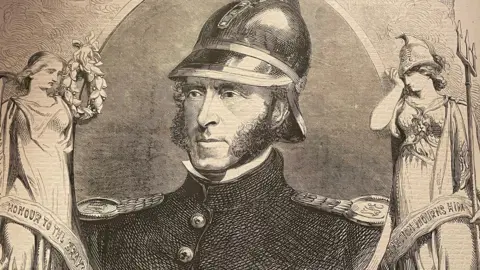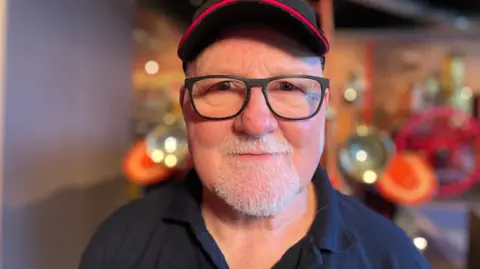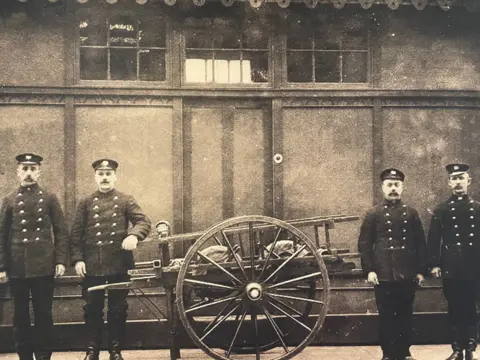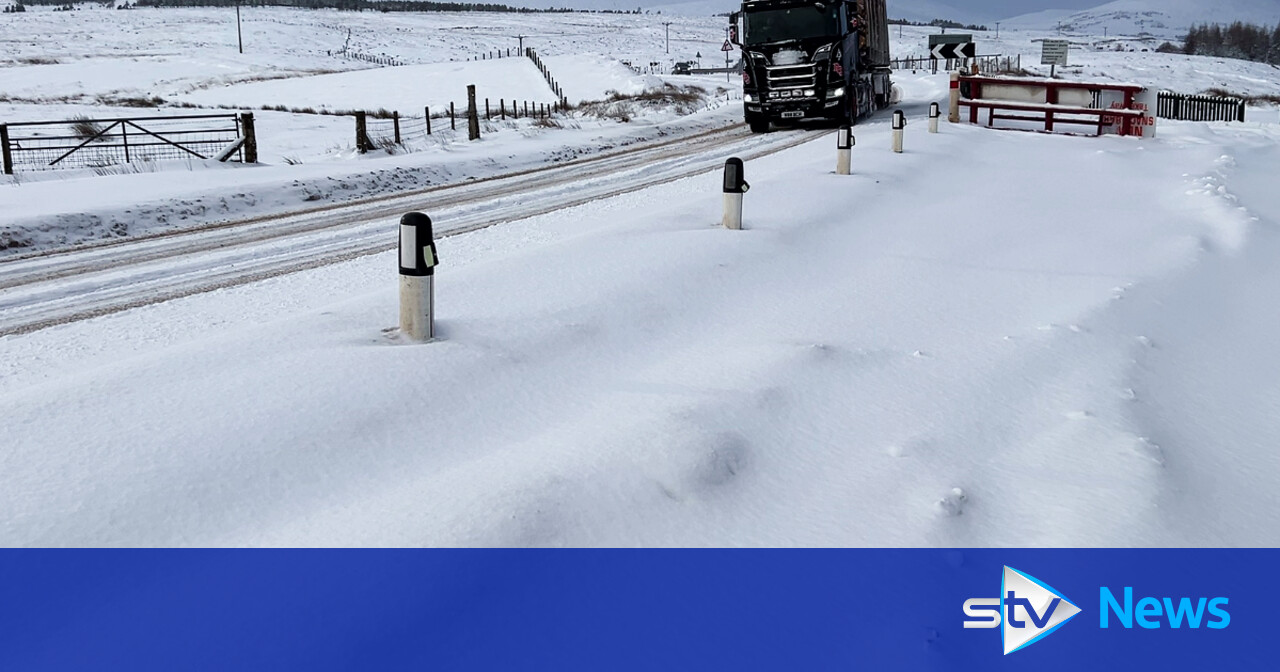World
How Edinburgh created the world’s first fire brigade

 Museum of Scottish Fire Heritage
Museum of Scottish Fire HeritageIn the 1800s Edinburgh’s city centre was tightly packed with buildings, many constructed of wood.
Most businesses and homes relied on fire for cooking, heating and all kinds of work.
But when fire got out of control, it inevitably spread fast across the narrow streets and closes of what we now call the Old Town.
Some people had their own fire buckets – and those who could afford it paid insurance companies with watchmen to raise the alarm and crews to put out the fires.
It was a fairly fragmented system and it was often unsuccessful.
Edinburgh’s commissioner of police, a man tasked with maintaining order in the city, said firefighters were badly equipped, badly organised, poorly trained and not properly formed.
Meanwhile, commercial insurance companies competed for business and sometimes they even fought over water supplies.
Their role was primarily salvage – the more they could save from fire, the lower any insurance claim by a policy holder.

“It was fly by the seat of your pants, throwing water on to smoke and hoping for the best,” says fire historian Dave Farries from the Museum of Scottish Fire Heritage.
“When it came to the insurance, fire brigades fighting fires would end up sometimes fighting over the water supply.
“Nobody went into a fire to try to fight it, they all just tried to pour water in through windows from buckets, mostly to no avail and most of the properties were actually burned down.”
Mr Farries spent 55 years as a firefighter and volunteer and is now ambassador at the Edinburgh museum.
He said that in 1824, a series of large fires in Edinburgh’s Old Town prompted the city authorities to commission a better way of organising firefighting in the city.
That autumn the Great Fire of Edinburgh burned for five days.
Thirteen people died, hundreds were made homeless after their overcrowded, tightly-packed buildings were destroyed.
The Edinburgh Fire Engine Establishment was the first fire brigade in the world paid for by the city, free to the public.
The city’s first firemaster was 23-year-old building surveyor James Braidwood, a man now considered the “father of the modern fire service”.
 Museum of Scottish Fire Heritage
Museum of Scottish Fire HeritageBraidwood organised a far more coordinated, efficient service which included better training, fitness and communications.
He helped design and develop bespoke equipment – from special helmets with neck protection, to Scotland’s first fire engine, which was pulled by firefighters.
Twelve people worked the fire appliance, pumping the handle 24 times a minute.
Members of the public who lent a hand were paid and given free beer.
The first firefighters were recruited from tradesmen including slaters, carpenters and masons, aged 17 to 25, because they knew how buildings were constructed.
Braidwood wrote: “They enter more readily into the spirit of the business and are more easily trained.”
He praised his men if they looked after the fire engine well but fined them if they didn’t.
 Museum of Scottish Fire Heritage
Museum of Scottish Fire HeritageMr Farries said: ”He set up a fire brigade that became world renowned.
“People came from around the British Isles to see how he did it, and from abroad.
“He then, in 1830, at the behest of different people, wrote a book about how he went about it, how he trained his firefighters about fire appliances, and that really became a bible for firefighters.”
Tania Dron, of Edinburgh’s Mercat Tours, said ”James Braidwood introduced a number of methods, both in terms of how they were fighting fires and in terms of equipment.
“Until this point we hadn’t actually been going into buildings to put out fires – we were dousing them from outside.
“He trained people to actually go inside.
“He developed new equipment and he also ensured that he was a figure of authority in Edinburgh that was recognised so that when a fire broke out he was the one in charge.”
Ms Dron said: “Today everybody is so grateful for the fire services that we have and their work and I think it’s easy to forget where that all came from and very few people realise it came from here. It came from Edinburgh city centre.”
A service to celebrate the fire brigade bicentenary is being held at St Giles Cathedral in Edinburgh on Wednesday 23 October.










